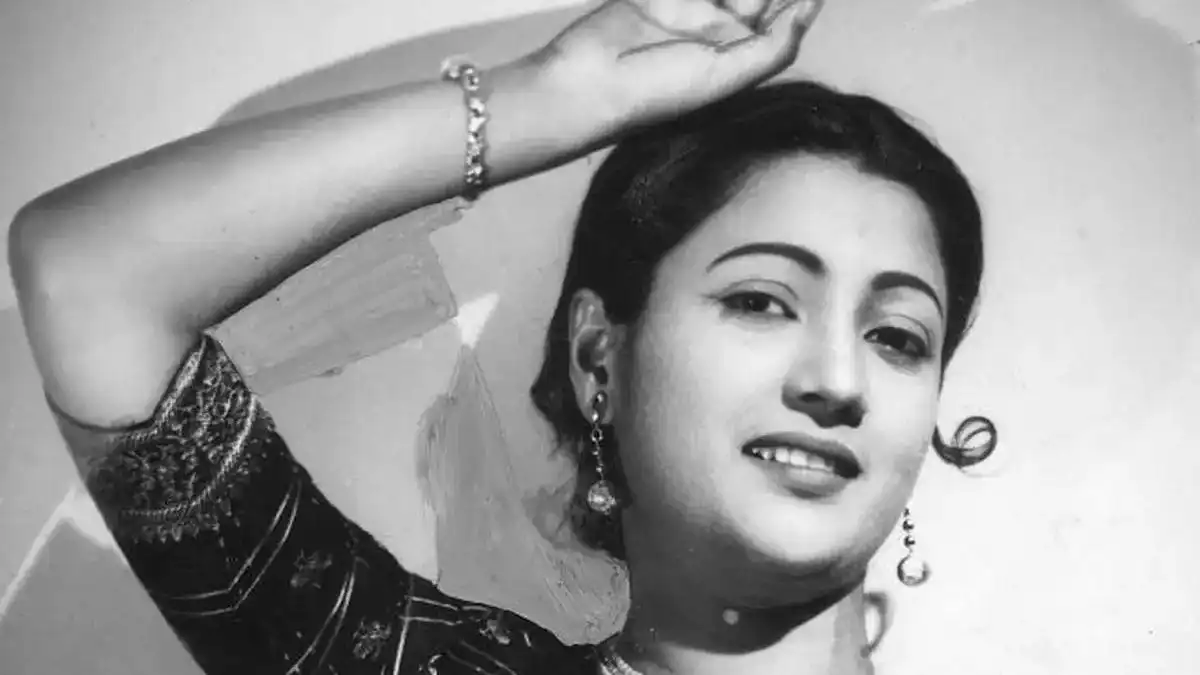Suchitra Sen: A towering persona who redefined the Bengali cinemascape
On Suchitra Sen’s eighth death anniversary, looking at the cinema legend’s illustrious career, and how she revolutionized the portrayal of women in Bengali cinema of the 1950s and 60s.
She was the Greta Garbo of India. An enigmatic persona, a romantic star which earned her the moniker of Mahanayika, a terrific performer and a woman who suddenly shunned the arc lights and chose a life of recluse till her death in 2014, Suchitra Sen remains an enigma. But in life and in career, Sen audaciously claimed her own space and revolutionised the definition of a working woman at a time when women rarely were allowed the opportunities to step outside the inner sanctum.During the mid-1950s in context with Bengali cinema, values such as domesticity and homeliness started to find a renewed emphasis. Sen’s movies, although moulded in a way to suit the patriarchal mindset of the time, featured leading ladies with a sense of agency. After the raging success of Sharey Chuattor where she was paired opposite Uttam Kumar, the duo went on to share the screen in over 30 movies together. Yet, she was not just second fiddle to the male protagonist, propelling forward his narrative, but a woman of her own right.
Take for example, Harano Sur (1957), where she pursues a man after he loses every memory they shared together, or Hospital (1960), where she chooses to remain unmarried and bring up her child as a single mother, Sen’s characters continued to defy the domestic goddess norm.In her book Suchitra Sen: The Legend and the Enigma, Shoma A Chatterjee writes how the actress would continuously go against the grain to portray working women on screen — by playing a nurse in Harano Sur and Deep Jwele Jaai (1959), or a courtesan in Uttar Falguni (1963). While the narratives themselves did not do much more than assign a profession to its heroine, the fact that she was repeatedly been cast in such roles where her identity was more than being the love interest of the hero, was revolutionary.In her own life too, the actress brought up her daughter as a single mother, leading life on her own terms, after separating from her husband. She was reportedly the highest-paid actress of her time, and also higher paid than many of her male contemporaries. This is especially noteworthy at a time when the female members of the entertainment sector need to repeatedly address the lack of pay parity in showbiz globally.
While she was an undoubted superstar of Bengali cinema, her success in Hindi movies was sporadic. She made her debut in the industry with Devdas (1955), where she was paired opposite the legendary Dilip Kumar. Her imagination of Paro remains one of the most naturistic portrayals of pathos.
“I can’t think of any other actor in the role of Paro. My father wanted Paro with a quintessentially Bengali look which she had to the T,” Rinki Bhattacharya, the daughter of filmmaker Bimal Roy, noted once.Similarly in Gulzar’s Aandhi (1975) said to be loosely inspired by the life of Indira Gandhi, Sen’s unparalleled screen presence commanded attention. She was unlike any other vivacious, sprightly actors of her generation. There was a quiet dignity in how she approached her characters.
Very few actors have been able to achieve what Sen achieved in a career of 60-odd films in an industry where roles were written in a way to aggrandise the male protagonists. Her towering persona and her grace make her one of the most distinguished female celebrities of cinema.Share